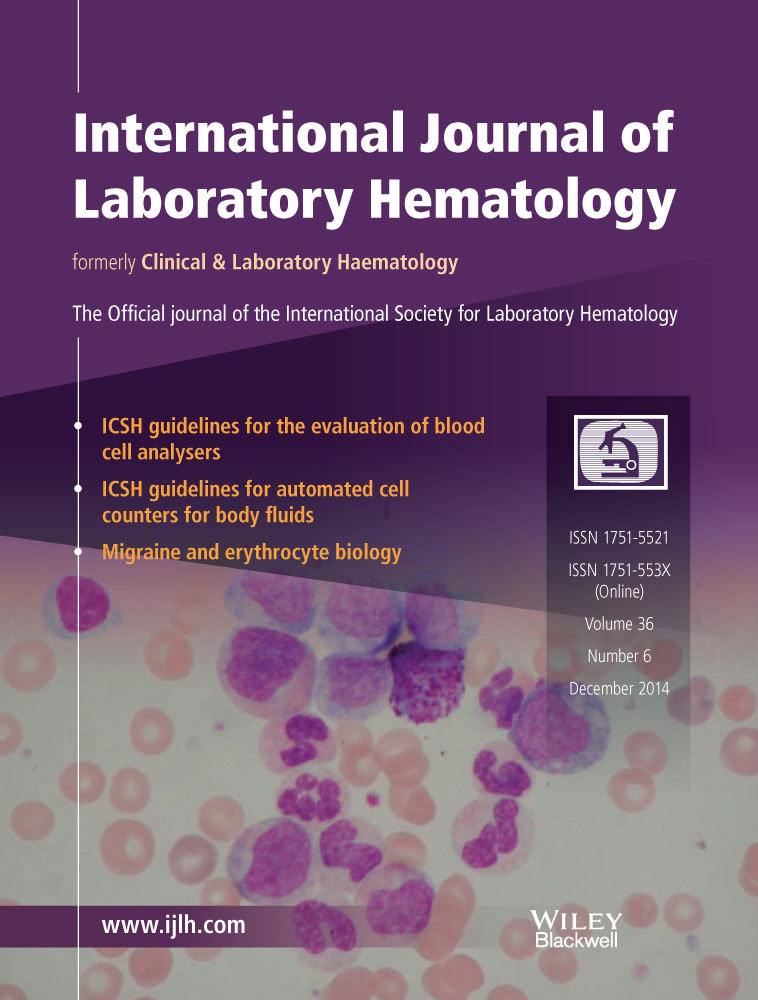Leukemia-associated aberrant immunophenotype in patients with acute myeloid leukemia: changes at refractory disease or first relapse and clinicopathological findings
Summary
Introduction
Multiparameter flow cytometry (MFC) is commonly used to detect minimal residual disease (MRD) during the course of chemotherapy or relapse. Only one study addressed the immunophenotypic changes in refractory disease. We studied changes in leukemia-associated aberrant immunophenotype (LAIP) in patients with refractory and relapsed acute myeloid leukemia (AML).
Method
We analyzed 47 patients (refractory = 22; relapsed = 25) by MFC, morphology, and cytogenetic studies.
Results
Thirty-five patients (74%) showed variably changed LAIPs. The frequently altered LAIPs were lack of lineage-specific antigen and lineage infidelity. The most frequently changed marker was CD13, followed by CD33, CD56, CD7, CD4, and CD11b. Cytogenetic clonal evolution at persistence/relapse was observed in 15 patients (32%). Morphologically, three patients (6%) showed significant changes at relapse. Patients with refractory AML had a higher association with poor cytogenetic risk and classification of AML with myelodysplasia-related changes. Positive MRD at postinduction was of prognostic significance. Allogeneic stem cell transplant improved overall survival.
Conclusions
LAIP alterations in refractory/relapsed AMLs are common findings. Presence of persistent disease indicates a poor prognosis, regardless of cytogenetic risk or expression of CD7 or CD56. Discordance between cytogenetic and LAIP changes suggests that gross cytogenetic clonal evolution during disease progression only partly contributes to immunophenotypic instability.




